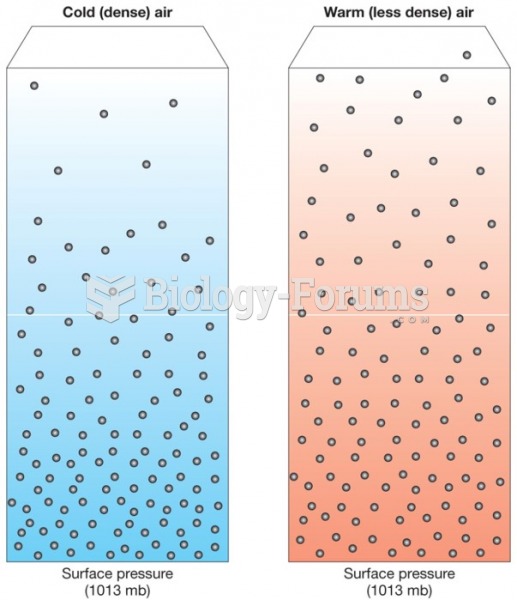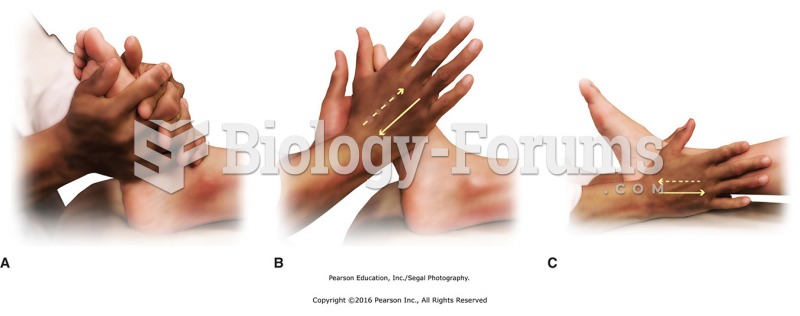This topic contains a solution. Click here to go to the answer
|
|
|
Did you know?
Most strokes are caused when blood clots move to a blood vessel in the brain and block blood flow to that area. Thrombolytic therapy can be used to dissolve the clot quickly. If given within 3 hours of the first stroke symptoms, this therapy can help limit stroke damage and disability.
Did you know?
Each year in the United States, there are approximately six million pregnancies. This means that at any one time, about 4% of women in the United States are pregnant.
Did you know?
There are 20 feet of blood vessels in each square inch of human skin.
Did you know?
The FDA recognizes 118 routes of administration.
Did you know?
The B-complex vitamins and vitamin C are not stored in the body and must be replaced each day.







